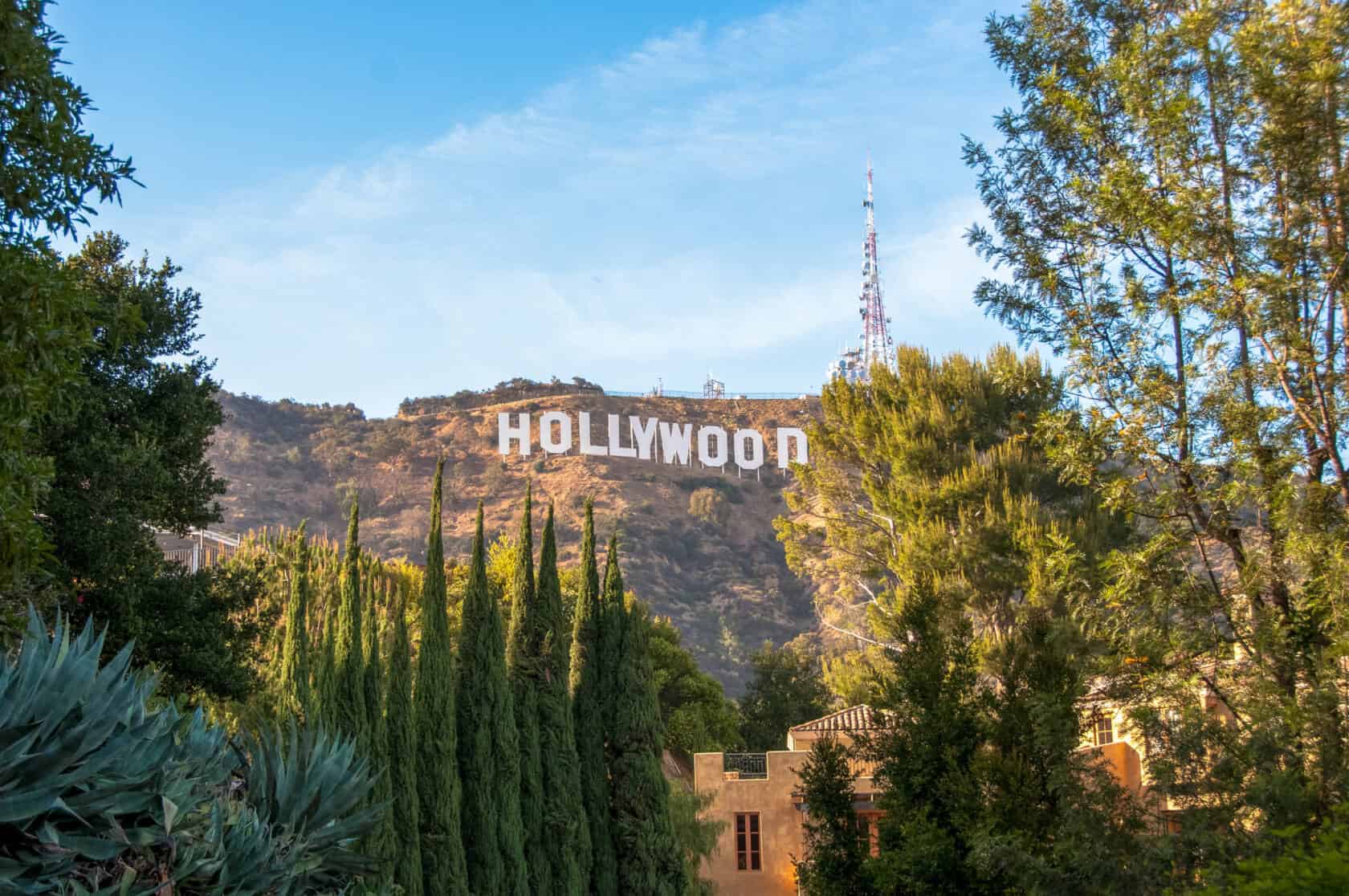During a time in the 20th century when the world at large was on fire, Hollywood was thriving with hit film after hit film every year from the 1910s to the late 1960s.
What is The Golden Age?
During the early 20th Century film began evolving quickly against a very tumultuous time in history. Movie studios and directors were borrowing from one another constantly in terms of visual style and narrative. As such this time in movie-making history is referred to by critics as ‘The Golden Age of Hollywood’.
This was a time when movies were being developed on a very consistent basis and movie stars were strictly under contracts, fully under the studio’s control. Actors had no choice in choosing their own projects but were constantly under contract and had to play in any movie they were told to. Not many opposed this idea as this was simply the norm at the time and this also created a lot of opportunities for big-name actors. There are certain stars that made 60 movies during a 30-40 year period which is huge no matter how you look at it. No wonder certain names held so much power and even now are so recognizable in the movie world. Stars like Carey Grant, Humphrey Bogart, and Katharine Hepburn, were idols to many, and for good reason. Their on-screen presence always provided certain magic to the audience that is very rare nowadays.
As the film moved from silent and colorless to sound and colored pictures, new paths for storytelling came about. During the late 1920s, the ‘sound era’ began and directors were now utilizing new tools for their films. Stories weren’t so focused on slapstick comedy anymore as now more thoughtful dramas with lesser budgets could be made and succeed.
Stars and Movies of The Golden Age
Despite thousands of movies and hundreds of incredible actors during this time, there are some that stick out above others. Some of the films that are now considered some of the best ever made and actors that are held in high regard are:
- Citizen Kane (1941), is regarded as one of, if not THE best movies of all time.
- Dracula (1931), brought the story of Dracula to the big screen from the stage.
- Fred Astaire (1899-1987), multitalented superstar and perhaps the best dancer in film history.
- Ingrid Bergman (1915-1985), acted in some of the most iconic films ever, including Casablanca.
- Frank Sinatra (1915-1998), needs no introduction, a legend in film as well as music.
- It’s a Wonderful Life (1946), commonly referred to as the best Christmas movie ever made.
- Singin’ in the Rain (1952), is one of the best musicals ever.
- 12 Angry Men (1957), is an incredibly timeless story told in a masterful manner.
- Marilyn Monroe (1926-1962), generally one of the most iconic film figures ever.
- The Wizard of Oz (1939), Judy Garland with one of the most iconic performances in one of the most iconic stories ever.
- Sidney Poitier (1927-2022), a legend in paving the way for people of color in film, whom we lost this very year.
- Billy Wilder (1906-2002), made some of the most memorable films of the era, including titles such as Sunset Blvd., Sabrina, and Some Like It Hot.
- Any Alfred Hitchcock film ever made could be on this list as well.
There were many other legendary figures during this time as well who played huge roles in moving cinema forward to reaching new levels and getting to where it is now. Names like James Stewart, Jack Lemmon, Shirley MacLaine. Elizabeth Taylor, Grace Kelly, and Henry Fonda will all be forever remembered for their contributions too.
The Dark Side of The Golden Age
While movies, in general, were constantly bringing in huge amounts of money for studios and the movie stars were thoroughly enjoying their stardom, not everything was sunshine and rainbows, unfortunately.
For starters, people of color barely got cast in movies at all, let alone leading roles. And the few times you would see a black or Asian person it would mostly just be a harmful representation or as stereotypical caricatures.
Moreover, LGBTQ+ people had pretty much zero representation for most of the 20th century. The few cases of representation were again either harmful and stereotypical, or just deeply sad (i.e. The Children’s Hour, 1961). “The Hays Code” prevented any positive depiction of homosexual characters in any film made from around the 1930s to the late 1960s. Other things that the code prevented were depictions of sexual violence, profanity, and realistic violence.
The period during the 20th Century, in which minorities were treated horribly, meant that many Hollywood stars had to hide their real sexual orientation from the public and that many other great actors, writers, and directors never got the chance to shine or even work in film due to their identity. Women directors were also almost non-existent, with very few exceptions, such as incredible Ida Lupino who made some iconic films during the late 1940s and 1950s.
Many people have skewed memories of the past and tend to only remember either the good or bad things from a certain period in time. Nevertheless, the Golden Age of Hollywood offered countless incredible films that nowadays can be found on streaming services or bought online. Appreciating a troubled time in history can be okay as long as you remember that the experience was not the same for everybody. Nonetheless, now with almost all the stars of that time gone, we can all play our favorite films from that era and admire the beauty and care that those films were made with, and remember the amazing filmmakers who gave us timeless classics.
Read another compelling story here:
Support us!
All your donations will be used to pay the magazine’s journalists and to support the ongoing costs of maintaining the site.
Share this post
Interested in co-operating with us?
We are open to co-operation from writers and businesses alike. You can reach us on our email at [email protected]/[email protected] and we will get back to you as quick as we can.










